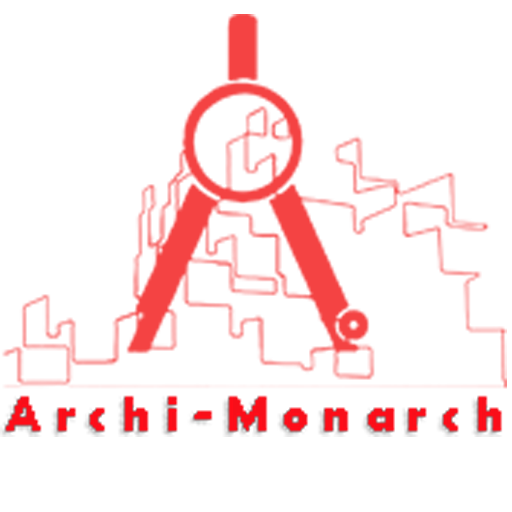A bar counter in architecture is a functional and aesthetic element commonly found in restaurants, hotels, homes, and entertainment spaces. It serves as a surface for preparing and serving drinks while also acting as a social hub where people gather.
Typically, bar counters are designed at a height of 42 to 45 inches (107 to 114 cm) to accommodate bar stools. They are often constructed using durable materials like wood, marble, granite, or stainless steel, ensuring both longevity and visual appeal.
The design of a bar counter may include storage for bottles and glasses, built-in sinks, lighting features, and footrests for added comfort. Depending on the space and theme, bar counters can range from sleek and modern to rustic and traditional, making them a versatile architectural feature in both residential and commercial settings.
If you want to know about the submission drawing or lift lobby and atrium detail or standard detail, please click the link.
Image of Bar counter detail and downloadable (in DWG) link below

Bar counter detail drawing – 1
A bar counter detail drawing in construction provides a precise and scaled representation of the bar counter’s design, materials, dimensions, and structural elements. It includes essential specifications such as height, width, depth, material finishes, and joinery details.
Typically, these drawings are created in plan, elevation, section, and isometric views to offer a comprehensive understanding of the structure.
Key Components of a Bar Counter Detail Drawing:
Dimensions & Proportions
- Standard bar counter height: 42–45 inches (107–114 cm)
- Bar top depth: 16–20 inches (40–50 cm)
- Overhang for seating: 8–12 inches (20–30 cm)
Material Specifications
- Countertop: Granite, marble, quartz, wood, or stainless steel
- Base structure: Plywood, MDF, brick, or concrete
- Footrest: Stainless steel, brass, or wooden ledge
Construction Details
- Support structure: Reinforced framing or cabinetry beneath the counter
- Joints and edge treatments for smooth finishes
- Provision for electrical wiring (LED strip lights, charging ports, etc.)
- Waterproofing and anti-slip treatments for durability
Storage & Functionality
- Shelving for bottles, glasses, and accessories
- Built-in sink or drainage system (if required)
- Space for refrigeration or wine coolers
Section & Elevation Views
- Front elevation showing materials, finishes, and overall design
- Cross-section detailing the countertop thickness, overhang, and joinery
- Isometric or perspective views for better visualization
A bar counter detail drawing is crucial for architects, interior designers, and contractors to ensure accuracy in construction and aesthetics. It helps maintain functionality while enhancing the overall visual appeal of the space.
Our tips to help you improve your architectural Bar counter detailing.
